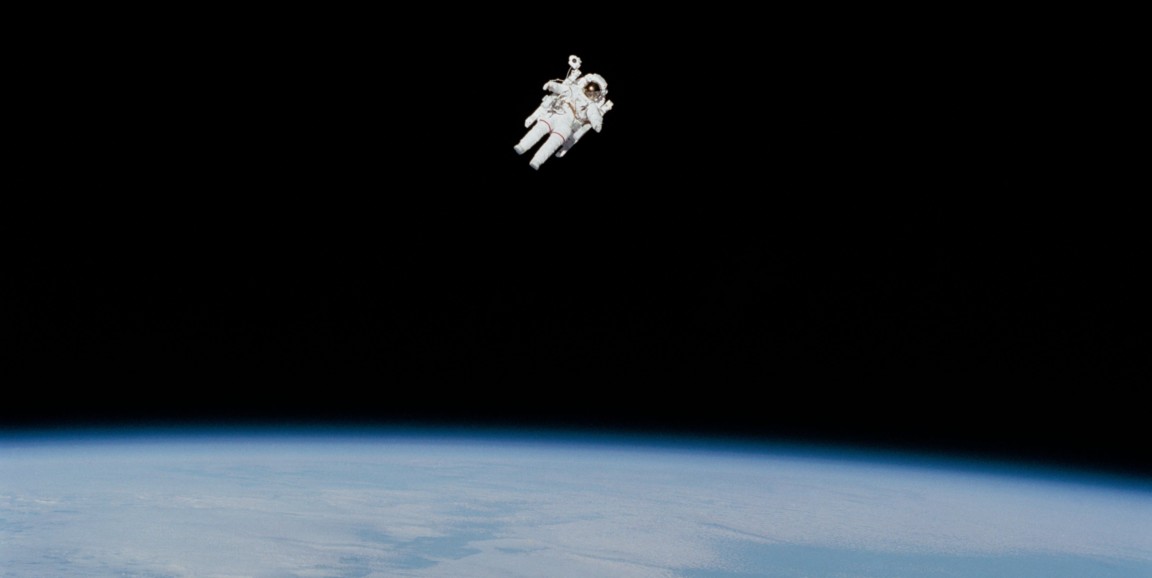A new finding from the NASA-led study comparing the biology of twin astronauts Scott and Mark Kelly shows that things in the human body can get a little wonky after venturing into space.
A quick refresher: Scott Kelly lived on the International Space Station for a year (think S for space), and his twin, Mark Kelly, remained on the ground. Stanford was one of 26 institutions that collaborated with NASA to examine the twins at the molecular level, focusing on protein production, immune response, metabolism and the efficacy of vaccines in space.
At Stanford, Michael Snyder, MD, and a team of researchers characterized the molecular shifts in both Kellys; they examined the immune-, metabolic- and protein production-related stresses imposed by space capsule launch, zero gravity and re-entry to Earth.
They found that blood samples from Scott (space) Kelly showed heightened levels of immune-related molecules called cytokines, which flag inflammation and bodily stress.
"We looked at a panel of 62 cytokines and saw that 50 of them were changing in some manner associated with flight, about half of which were elevated," said Tejaswini Mishra, PhD, a postdoctoral scholar at Stanford and one of the study's lead authors. The overall takeaway, she said, is that the immune system is revved up under the stressors of space flight.
Details of the study appear in Science. Snyder and Emmanuel Mignot, MD, PhD, professor of psychiatry and behavioral sciences, are two of the authors of the study.
During the 2015-2016 mission, astronauts periodically sent frozen vials of blood back to Earth via unmanned spacecraft. Blood samples taken at different time points revealed that Scott Kelly's cytokine-spike pattern was not uniform: Levels of some cytokines rose before takeoff -- some while in space, and some upon return to Earth. Six months after his return to Earth, the majority of his levels were back to normal.
Although it's not totally clear how cytokine fluctuation matched up with Scott Kelly's overall health, Snyder's team did find intriguing associations, such as a group of elevated cytokines that seemed to rise in parallel with a rash Kelly developed on his way back to Earth (something he talks about in his book, Endurance). These connections, while interesting, are only associations, and more extensive studies would be needed to understand exactly how space flight changes human health, Snyder said.
Despite the dips and spikes in inflammatory markers, Mignot, who worked on a project assessing the efficacy of vaccines in space, said that Scott Kelly's body handled the flu vaccination no differently than his twin.
"The challenges of keeping our immune system up to date and heathy during space travel is likely to become critical," Mignot said. "Our studies show that vaccination in space is feasible and effective."
All of this data, Snyder said, will begin to help "work out the circuitry of the immune system in response to this unusual environment."
Outside the immune system, Snyder and Mishra saw a change in the ratio of two particular proteins known as apoB and apoA-1. Studies within the past decade have suggested that the apoB to apoA-1 ratio can predict the risk of cardiovascular disease even more accurately than cholesterol levels.
According to these studies, a decreased apoB to apoA-1 ratio predicts a lower risk of cardiovascular disease. When analyzing Scott Kelly's protein-production levels after a year in space, Snyder and Mishra saw that his ratio of apoB to apoA-1 had increased. While that doesn't directly equate to an increase in heart disease risk, said Mishra, it's a potential factor to watch for in future studies of the effects of long-term space exposure on humans.
Photo by NASA




